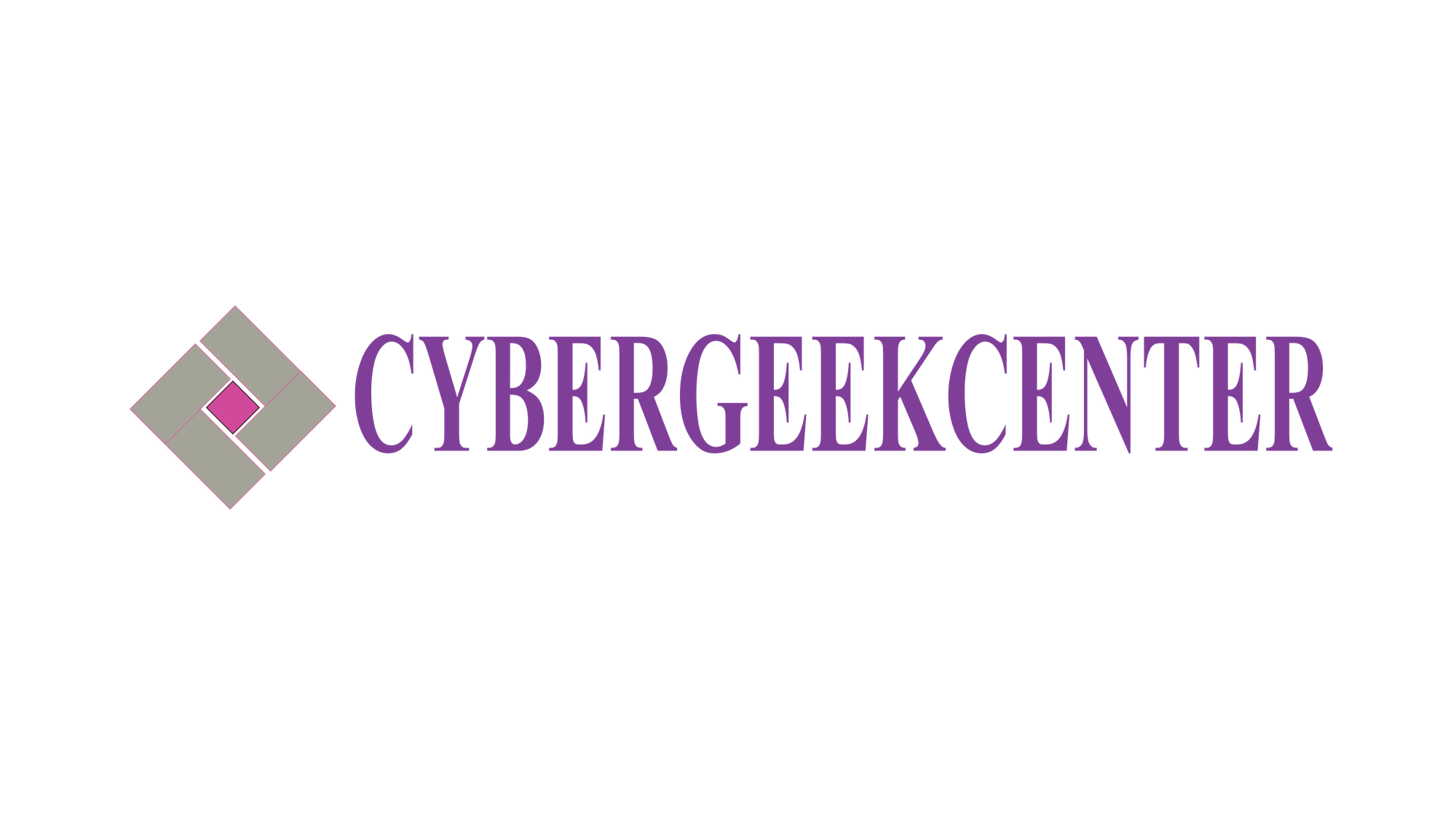WHAT IS BITCOIN AND HOW DOES IT WORK
This beginner-friendly guide unravels the mystery behind Bitcoin, explaining its decentralized nature, secure transactions, and mining process.

INTRODUCTION:
WHAT IS BITCOIN?
The concept of money has also been changing rapidly in the digital age and Bitcoin is an avant-garde force that may radically change how future finance will be conducted. Bitcoin is a type of digital money that operates on blockchain and which refers to it as ‘digital gold’. Since its launch in 2009, technologists and financial professionals have been captivated by Bitcoin’s upward momentum is unmatched. In this article importance of Bitcoin and the possibility of changing the look at money is considered.
THE HISTORY OF BITCOIN
With the publication of the Bitcoin whitepaper in 2008, it captured a decentralized digital currency that would allow peer-to-peer transactions. This is how Bitcoin was invented.
Bitcoin was minted for the first time in 2009 when it made its worldwide debut.
HOW BITCOIN WORKS
Bitcoin operates through a decentralized database referred to as the Blockchain All transactions on the network are stored in blockchain. This entails that all the Bitcoin transactions are stored on a blockchain and therefore visible to anyone.
Web wallets can be used to store bitcoins, and they come in variations of web-based mobile desktop applications. Bitcoins can also be transferred from one wallet to another by processing transactions over the Bitcoin network. Bitcoin ensures verifiable transactions using the use of complicated algorithms that make sure these actions are safe and valid.
HOW DO YOU INVEST IN BITCOIN
Investing in Bitcoin may be a thrilling prospect for people who are interested in trading with cryptocurrency. However, it carries some risk. Before investing in Bitcoin, you should research and understand the market trends as well as the associated risks.
Bitcoin can be invested in three ways: direct investment through buying and holding, trading, or mining. All have their risks and ask for a various degree of knowledge and skill.
HOW CAN I PURCHASE BITCOIN?
Crypto exchanges sell Bitcoin across the world. The users select the currency of their choice and designate a wallet that should contain Bitcoin. The user then sends or receives Bitcoin from another address on the network using their wallet to transfer the Bitcoin.
Wallet software sends details of transactions to other computers on the Bitcoin blockchain. The first computer which gets the details of a transaction conducts checks to confirm its validity. The computer then communicates it to all computers on the Bitcoin network, which also do checks.
Following this, the miners try to combine validated transactions into blocks which will be added to a Bitcoin blockchain. The new version of the blockchain is then disseminated to all other computers on the network. After successfully passing the verification, each computer adds the block to its copy of the blockchain.
HOW DO I BUY BITCOIN IN EXCHANGE FOR SERVICES?
An intriguing aspect of Bitcoins is that they can act as a means of payment for many products and services. Here are the steps:
STEP 1: DETERMINE THE VALUE OF YOUR SERVICES.
It is crucial to establish the worth of the services you are offering before starting any Bitcoin transactions. Identify a fair price by focusing on the value of your time, effort, and expertise you offer. It is also important to pay attention to the market price for similar services in order not to overcharge or undercharge.
STEP 2: LOOK FOR BITCOIN-ORIENTED PLATFORMS
If you want to make the exchange of services for Bitcoin simpler, there is a need to look out for platforms that have been made specifically with this in mind. Some online sites ease the relations between service providers and individuals who seek to make Bitcoin payments. Some notable sites include XBTFreelancer, Bitpay, and Bitwage.
STEP 3: CREATE A PROFILE
Once you choose a platform, there is the need to create an account. Provide exact details of your background and the services offered. If you would like to focus on your experiences, qualifications, and if applicable degrees or certificates related to a relevant field of work. To develop trust, this is important.
STEP 4: ENUMERATE YOUR SERVICES
Once your account has been created, you can start listing services on the platform. Describe your offer in writing, specifying deliverables and having deadlines and any terms or conditions attached. It is equally important to manage the expectations of prospective customers and be transparent about what you can provide.
STEP 5: NEGOTIATE THE TERMS AND CONCLUDE THE DEAL.
When a client becomes interested in your services, they will contact you for more information. This gives a chance to renegotiate the terms of the agreement, such as receiving Bitcoins in payment. Agree about the quantity of BTC you will receive for your services as well as any payment milestones.
STEP 6: SHIP YOUR PRODUCTS AND EARN BITCOINS
Keep in touch with the client to update them about how things are progressing and address any concerns or questions they may have. Once the services are delivered, you may request payment in Bitcoin. Allow the client to initiate the transaction using your Bitcoin wallet address.
STEP 7: SETTLEMENT OF THE DEAL AND BACK
Once you have received the Bitcoin payment make sure that the transaction has been recorded on Blockchain. Although it depends on the amount of network congestion, this might take a while. Once the transaction has been cleared, give feedback to your client through the platform that details how you worked with them. This way, you can create a better online presence and attract new customers.
ADVANTAGES OF BITCOIN
1. Decentralization and Trust: Because a worldwide system of computers holds information on Bitcoin online currency, no single person or group can operate over this particular money. But traditional currencies are issued and controlled by central banks or other established institutions and thus subject to manipulation, and poor management.
2. Scarce supply: There is one feature that distinguishes Bitcoin from other currencies and it has to do with its limited supply of 21 million coins. This scarcity is embedded in the cryptocurrency code. In about every four years, a process known as halving reduces the rate at which new Bitcoins come into circulation.
3. Hedge against inflation: Many traditional currencies have been massively printed; hence their susceptibility to inflation and the reason for Bitcoin being referred to as an anti-inflation element. It is an attractive option because of its decentralized structure and fixed supply.
4. Global accessibility: Bitcoin is very convenient and the only requirement for use is an internet connection.
CHALLENGES AND FUTURE POTENTIAL OF BITCOIN
Though it has many advantages, Bitcoin still needs to go a long way before becoming the money of tomorrow. Critical considerations include concerns about volatile prices, regulatory oversight, and energy consumption. However, many of these problems can be addressed as technology develops.
CONCLUSION
It is undisputed that Bitcoin holds a strong influence on the financial sector. In comparison to other traditional currencies, its decentralized and trustless nature has made Ether more attractive due to the fixed supply that is globally accessible.
Thanks for reading.
If you like the article, consider sharing and subscribing. ;)





